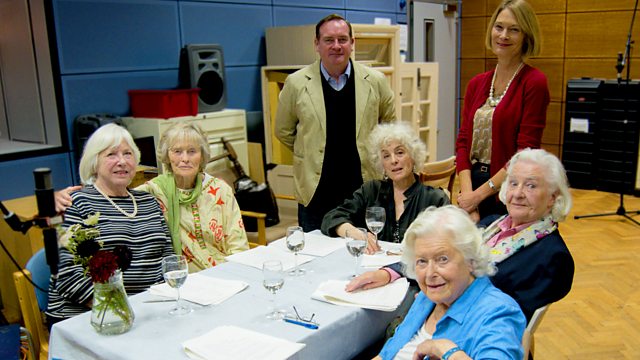 Following live experiences, a blind student at Leeds Trinity University is assisting Escape Room owners to make adaptations for inclusivity.
Following live experiences, a blind student at Leeds Trinity University is assisting Escape Room owners to make adaptations for inclusivity.
On 28th March Zahra, 22, hosted a podcast corner at LTU’s Game Jam event, part of their Media Festival. The event was organised by senior lecturer, Liz Cable, herself a game designer. Attendees included Escape Room owners, designers and Academics – looking at potential use of Escape Rooms for educational assessment – from around the country.
Having conducted research through Face-Book groups for the visually impaired and taken part in two live Escape Room games, Zahra then put questions regarding accessibility and inclusivity to designers at the symposium who are at various stages of Escape-room development.
Jane Norris, designer of ‘The Norris Box’, a portable game ideal for use in schools, said in terms of a further game she would like Zahra to try, “I am interested to try make it more accessible.” She commented that more laser cutting of clues could make them more tactile.
Nick Granger, Escape Room professional at the Enigma rooms in Sheffield and Doncaster, where there is a blind school, said the Enigma games had been attended by visually impaired players as part of mixed ability groups. Some games, he said, “Have a lot of touch involved”, so are more accessible that way.
Initially Zahra had taken to social media to ask visually impaired groups about Escape Room participation. Lack of knowledge generally showed that this is a developing market, thus a good stage for disabled players to get involved as consultants. One or two Facebookers, however, had already had a go.
One said, “I felt I contributed more in the room [with] some audio description as the puzzles required more thinking than seeing and there was a [wider] range of puzzles.
Zahra’s own first live experience didn’t go brilliantly. “The first Escape Room I attended,” she said, “was a well-established venue. I felt largely excluded from the puzzles as the main sensory focus was visual. Although there were times when I did get involved, for the most part I was standing around, and couldn’t move freely because of tripping hazards.”
But then Zahra said of her second live game, the relatively new Escape from Wonderland at ‘Look Key Escape’, “It couldn’t have been more different. I was busy most of the time, either physically cracking codes and clues or listening to what was going on. My favourite part was when I got to use my listening and fine-motor skills to collaboratively work a magnetic ball through a large-scale maze, which I found hard but exhilarating. Overall I had a positive and fulfilling experience.” The game owner, Kieran, who observed the group’s successful escape later asked for feedback and in answer to Zahra’s questions about accessibility, commented, “You’ve given me good ideas for some adaptations.”
Zahra also feels that good teamwork is key to inclusivity; that every player should get to use their individual skills as part of a group. Zahra hopes to encourage Escape Room owners to branch out further by registering on EUANS Guide as accessible to all, also bearing in mind that ‘accessibility’ applies to a broad spectrum of individuals with various abilities:
https://www.euansguide.com/accessibility/
Game designers can also use the step-by-step accessibility guide at:





